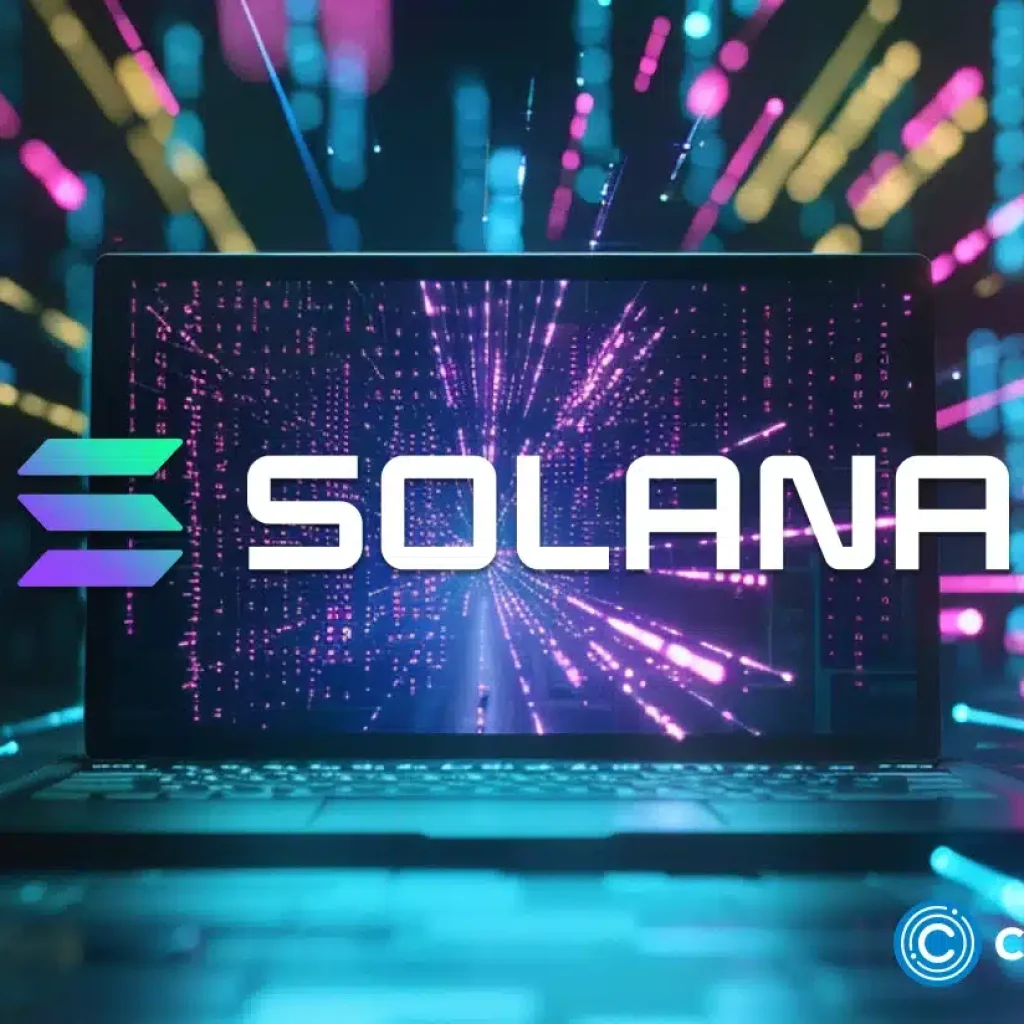Binance, the world’s largest cryptocurrency exchange by market size, has blocked several accounts as a result of the Bitzlato probe. Several users, many of whom are Russian-speaking, reported the problem. The affected individuals discussed the issues in a Telegram group chat, stating that their accounts had been unexpectedly taken down. The group has grown to over 1000 members.
Binance silently shuts down some Bitzlato accounts
On January 18, a group of Russian-speaking Binance customers complained about their restricted accounts and inability to withdraw payments from the exchange. Members of the forum immediately drew comparisons between the obstructions and the US Department of Justice’s enforcement action against the crypto company Bitzlato.
Binance was also named as one of Bitzlato’s top Bitcoin counterparties by the United States Financial Crimes Enforcement Network. Furthermore, several acknowledge using Bitzlato for incoming and outgoing Binance-Bitzlato transactions. However, some users were equally outraged and perplexed by the action against Bitzlato.
Bitzlato, as previously reported, was a little-known cryptocurrency platform that allowed users to trade cryptocurrencies through an exchange and peer-to-peer services. The platform is reported to continue to operate in Russia, presumably from the Federation Tower skyscraper in Moscow.
What happened between Binance and Bitzlato?
The Justice Department announced on January 18 that Anatoly Legkodymov, a Russian national living in China, was charged with operating an unregistered money exchange company. The exchange “supported a high-tech axis of crypto-crime” by handling $700 million in illicit funds.
Binance processed about $346 million in bitcoin for the digital currency exchange Bitzlato. According to the Justice Department, Bitzlato boasted about the laxity of its client background checks. According to FinCEN, Binance was the only significant cryptocurrency exchange among Bitzlato’s top counterparties.
According to FinCEN, others to interact with Bitzlato were the Russian-language darknet drugs marketplace Hydra, a minor exchange named LocalBitcoins, and a cryptocurrency investing website called Finiko. FinCEN defined Finiko as “an alleged cryptocurrency Ponzi scam located in Russia.”
FinCEN did not specify the scale of the entities’ interactions with Bitzlato. However, Bitzlato was registered in Hong Kong as a “major money laundering company” tied to Russian illegal finance.
Binance handled nearly 20,000 BTC for Bitzlato between May 2018 and its suspension, according to data produced by the blockchain forensics firm Chainalysis and seen by Reuters. During the period, Binance received almost $175 million in bitcoin from Bitzlato, making it the largest receiving counterparty.
BNB plunges as Feb.1 approaches
Last week saw a slew of Binance news, not all of it positive. Binance customers will be unable to buy or sell assets worth less than $100,000 as of February 1. This is a significant shift in the Binance-SWIFT relationship. The cryptocurrency exchange blamed the decision on one of its banking partners, who remained anonymous. This could have happened once Signature Bank dropped the crypto behemoth.
According to the weekly technical analysis, the Binance Coin (BNB) price has risen over the $250 horizontal support level after falling below it in May 2021. (green circle).
Following that, it surged to a high of $398 before descending, resulting in a long upper wick and confirming the $360 zone as a resistance level.
Since then, the price of BNB has stayed constant within this range. The present rising movement created a higher low as compared to the lows in May 2021, which is considered a positive indicator. This is the first sign that the current downward trend since the all-time high may be coming to an end.
Despite the weekly positive readings, the daily chart predicts a bearish BNB price for February.





